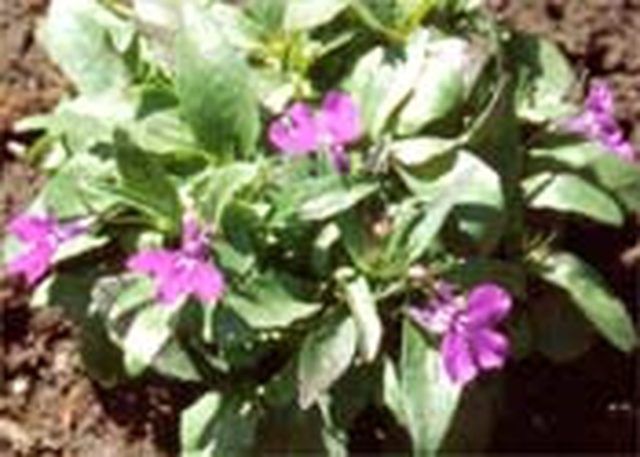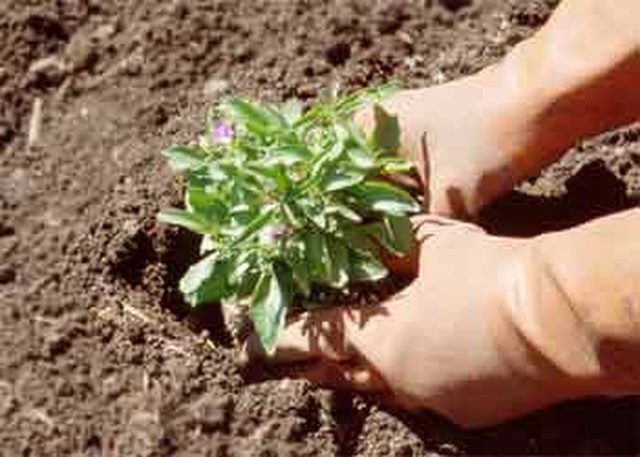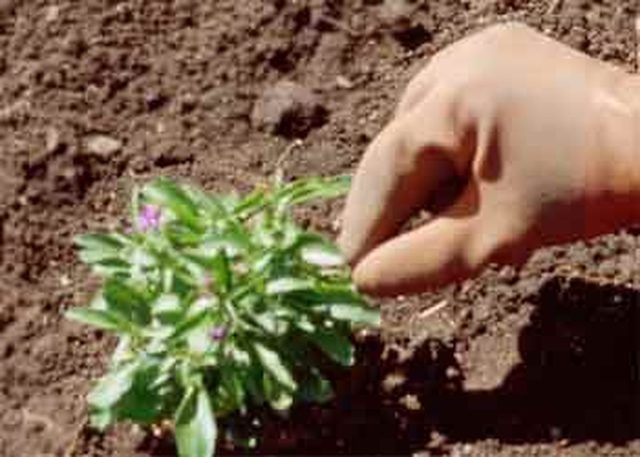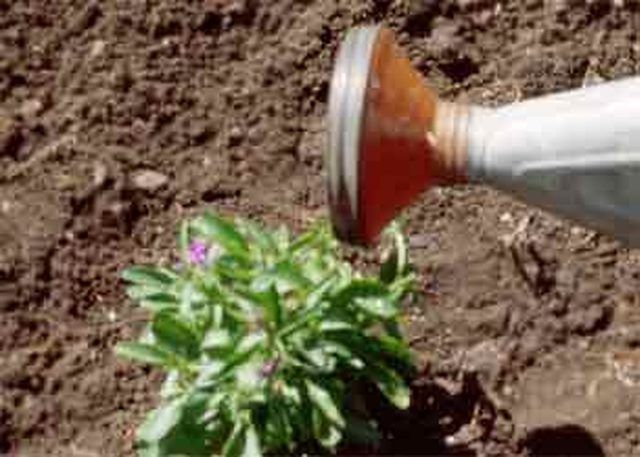Bulbs
Flower Basics
Flower Beds & Specialty Gardens
Flower Garden
Garden Furniture
Garden Gnomes
Garden Seeds
Garden Sheds
Garden Statues
Garden Tools & Supplies
Gardening Basics
Green & Organic
Groundcovers & Vines
Growing Annuals
Growing Basil
Growing Beans
Growing Berries
Growing Blueberries
Growing Cactus
Growing Corn
Growing Cotton
Growing Edibles
Growing Flowers
Growing Garlic
Growing Grapes
Growing Grass
Growing Herbs
Growing Jasmine
Growing Mint
Growing Mushrooms
Orchids
Growing Peanuts
Growing Perennials
Growing Plants
Growing Rosemary
Growing Roses
Growing Strawberries
Growing Sunflowers
Growing Thyme
Growing Tomatoes
Growing Tulips
Growing Vegetables
Herb Basics
Herb Garden
Indoor Growing
Landscaping Basics
Landscaping Patios
Landscaping Plants
Landscaping Shrubs
Landscaping Trees
Landscaping Walks & Pathways
Lawn Basics
Lawn Maintenance
Lawn Mowers
Lawn Ornaments
Lawn Planting
Lawn Tools
Outdoor Growing
Overall Landscape Planning
Pests, Weeds & Problems
Plant Basics
Rock Garden
Rose Garden
Shrubs
Soil
Specialty Gardens
Trees
Vegetable Garden
Yard Maintenance
How to Grow Lobelia Erinus
How to Grow Lobelia Erinus. With its gorgeous blue or white petals cascading over pots and out of windowboxes, lobelia is the ideal container plant. An annual (it grows just one year), it likes cool conditions and won't bloom if temperatures regularly top 80 degrees. It grows 4-8 inches high and sprawls over the ground or over the sides of...

With its gorgeous blue or white petals cascading over pots and out of windowboxes, lobelia is the ideal container plant. An annual (it grows just one year), it likes cool conditions and won't bloom if temperatures regularly top 80 degrees. It grows 4-8 inches high and sprawls over the ground or over the sides of containers.
Things You'll Need
Bypass Pruners
Compost Makers
Fertilizers
Garden Hoses
Mulch
Plants
Buy healthy, green plants in spring with no signs of wilting or disease. Plants should be stocky with plenty of leaves. It's actually a plus if they don't have any flower on them so that they'll divert their early energy into root development rather than flowering.
Plant lobelia seedlings in spring, a week or two before your season's last frost date, in a spot where they'll get full sun to very light shade. They appreciate a little afternoon shade.

Work a little compost into the planting soil. Lobelia likes rich soil high in organic matter.
Pinch the ends off the lobelia plants to encourage branching and fuller plants with more flowers.

Keep the soil evenly moist. If planting in a container, it's a good idea to work in some polymer crystals into the soil to help the soil retain water.

Pull out and discard plants once heavy frost kills them in autumn.
Tips & Warnings
When summer's heat or humidity causes lobelia to stop blooming, just shear the plants back by half. As long as you keep the soil moist, they'll bloom again when cooler weather hits.
Don't allow lobelia plants to dry out. They need ample moisture and die easily without steady water.